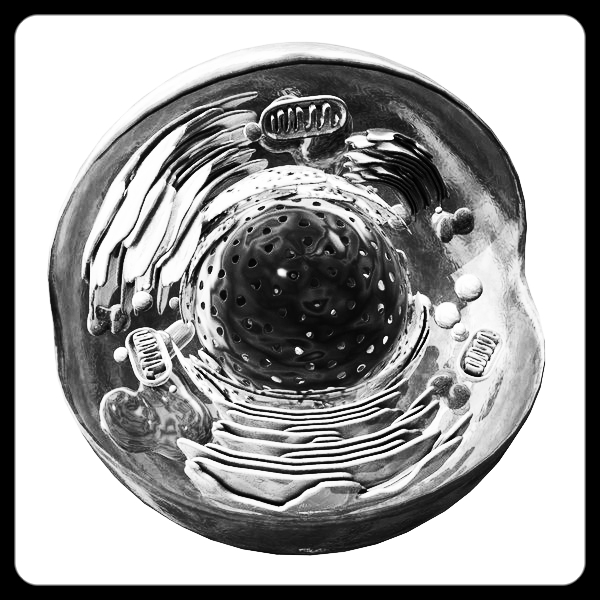Home
Alexander Goryaynov 3D super-resolution microscopy research of the nucleocytoplasmic transport and the NPC structure.
Alexander Goryaynov, PhD
I am working on applying novel super-resolution microscopy techniques to various biological systems in Eukaryotic cells in the Yang lab at Temple University. Primarily I am involved in the nuclear pore complex structure and function research, developing of image analysis techniques and improving the microscopy setups.
More specifically, in eukaryotic cells, nuclear pore complexes (NPCs) mediate bidirectional transport of macromolecules across the double-membrane nuclear envelope. The functional bidirectional traffic is vital for the health and viability of cells. Dysfunction of nucleocytoplasmic transport or mutation of nucleoporins (Nups) can result in numerous human diseases.
The molecular architecture of the NPC and its macromolecular sorting mechanism have been the subject of much investigation over the past two decades. The fundamental transport mechanism of nucleocytoplasmic transport functions still remains unresolved.
I am conducting a biophysical study of the transport of various proteins and complexes such as mRNA, ribosomal subunits through the nuclear pore complex (NPC). By utilizing the super-resolution microscopy approaches, like for example the single-point edge-excitation sub-diffraction (SPEED) microscopy method, I can achieve unprecedented high resolution detail about the 3D spatial route that these proteins take through the NPC.
I am also an aspiring scientific illustrator and many of the pictures on the website were modeled in 3D modeling packaged like Maya and Blender.

Powered by Squarespace
